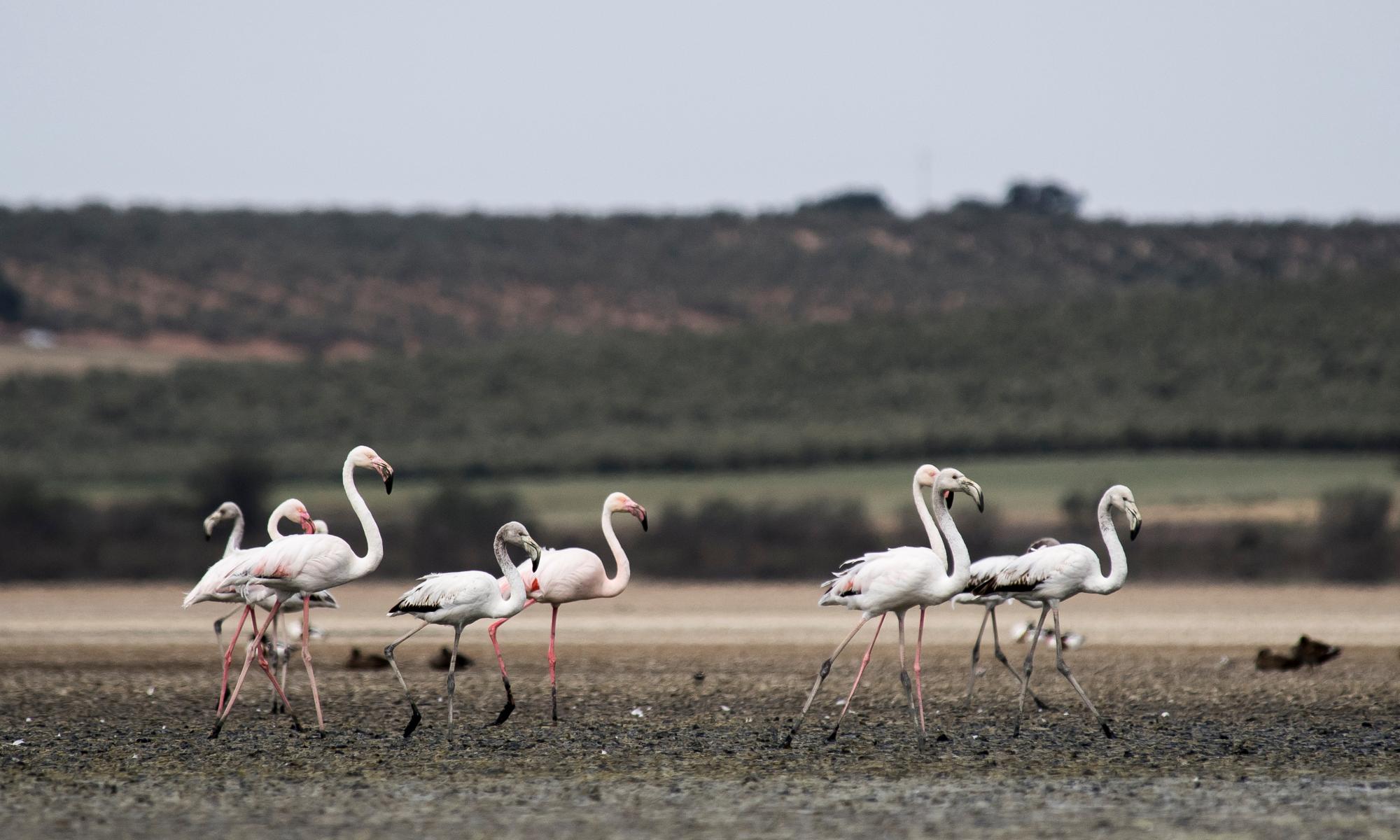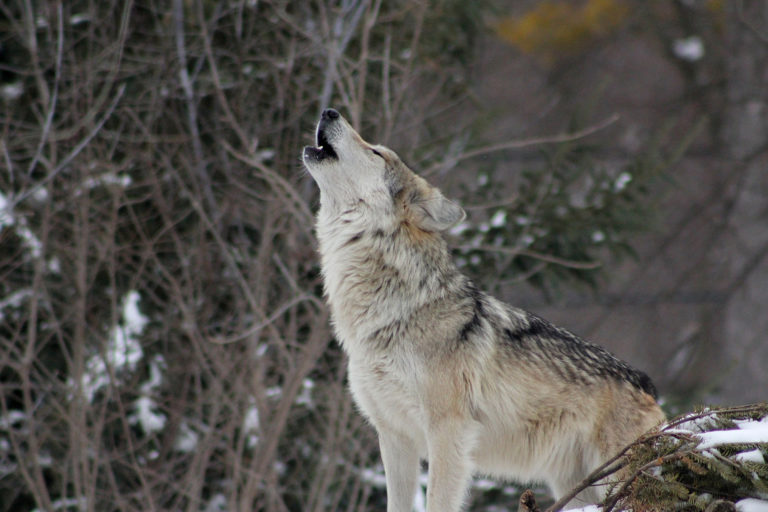Repeated noise from whale-watching boat engines could be affecting humpback mothers and their calves while they stop to rest on their long migrations to the Antarctic, a study has found.
Researchers found as engine noise went up, humpback whale mothers spent less time resting, their breathing rate increased and they swam faster.
Using an underwater speaker playing engine sounds at different volumes, the researchers monitored the behaviour of 42 different pairs of humpback whale mothers and calves in Exmouth Gulf in the north-west of Western Australia.
The lead author of the study, Dr Kate Sprogis, a marine mammal researcher at Aarhus University, Denmark, told Guardian Australia the results showed whale-watching guidelines should include standards for noise levels.
Sprogis and colleagues mimicked the movement of a whale-watching boat in the gulf for the experiment, staying at least 100 metres away from the mammals and playing prerecorded engine noise at three volumes.
When volumes rose above 160dB underwater, the whales began to show changed behaviours. At the highest volume – 172dB – whale mothers spent 30% less time resting, their breathing rate doubled and their swimming speed rose by 37%.
In as-yet-unpublished research, Sprogis said they had recorded 16 whale-watching boats of different designs and while some boats had acceptable volumes, others had engines loud enough to provoke the whales.
Exmouth Gulf in the west and Queensland’s Hervey Bay in the east are both important resting grounds for whale mothers as they made their trips south to Antarctica.
Sprogis said: “If whales are continuously being woken up from their rest, or if a mother is continuously being disturbed from nursing her calf, then there will be consequences.
“So if a stressor is acute or cumulative, then individual effects can lead to population consequences.”
There are differences in rules covering whale watching in commonwealth and state waters which look to limit noise.
In commonwealth waters, and in the Great Barrier Reef marine park, whale-watching boats should stay 1oo metres from a single whale, or 300 metres from calves, and only approach from the side.
Personal watercraft, such as jet skis, and drones need to stay 300 metres away. A “caution zone” 300 metres either side of a whale should not have more than three boats, with speeds restricted to under six knots.
New South Wales whale-watching guidelines have the same restrictions, including for calves.
In Queensland, boats are also allowed to get within 100 metres of whales, including mothers with calves, with the 300-metre “caution zone” in place.
In Western Australia, the rules around distances and speeds are the same as Queensland, with no specific rules stated about calves.
In the research, published in the journal eLife, Sprogis and colleagues say a new 150dB noise limit should be introduced to whale watch guidelines.
She said: “It is important for the whales to have their rest and not be disturbed by constant stressors. If whale-watching vessels are quiet, then this removes a stressor for the whale, and becomes more of an eco-friendly whale-watching tour with best practice guidelines. Something Australia, and other counties can strive for and be leaders at.”
Dr Rebecca Dunlop, a University of Queensland expert on the effects of noise on whales, said it was well known that underwater noise changed the behaviour of whales.
She said: “This study has recreated a visit from a whale-watching boat on a mother and calf and that is new. The effects the study observed suggests under particular circumstances, there’s a potential for energetic consequences for the calf – that is, for weight loss caused by reduced feeding if feeding was interrupted.
“I’d say the impact on the mother would be negligible – they are pretty robust animals.
“But if a calf was repeatedly exposed to visits from boats, then there is the potential for some consequences because the calf needs to consume enough milk to have the energy to deal with a long migration to the Antarctic.”
John Peaker, owner of Hervey Bay Whale Watch in Queensland, has been working on whale-watching trips since 1987. Mid-July is the start of the whale watching season in Hervey Bay when humpbacks are heading south.
Peaker said it was important to understand any impacts of whale-watching, but was sceptical about the way the study was carried out and the noise levels used.
He said boats would often run their engines on idle, or turn them off, once close to a whale.
“All the operators I know like to kill their engines as often as possible,” he said. “To me this [study] doesn’t make sense because if you are making a noise, then you are not watching whales. Even when you have engines idling, whales will actually go away if you turn them off.
“Not much really bothers the whales. They’re very curious and we’ll have whales with us for an hour at a time. Sometimes they seem to like the engines, sometimes not.”
A spokesperson for the Department of Agriculture, Water and the Environment said the guidelines for whale-watching boats in commonwealth waters were designed to “address noise and potential impacts to cetaceans from boat operations and aircraft and include measures to mitigate impacts”.
New guidelines were released in 2017 “after comprehensive consultation with state and territory government stakeholders, commercial whale watching operators, scientific experts and the public”.
“The guidelines do not identify noise thresholds because of the difficulty in addressing site-specific factors that influence the intensity, duration and extent of underwater acoustic emissions such as water temperature, seabed type and bathymetry.
“The current guidelines provide an appropriate balance between managing whale-watching operations and the protection of whales.”
A NSW Department of Planning, Industry and Environment spokesperson said humpback whale populations on the east coast were rising, with a 2020 estimate of 35,000 to 40,000.
The spokesperson said: “These positive signs suggest current guidelines and management activities are effective in protecting the species.”
A Queensland Department of Environment and Science spokesperson said the humpback whale migration was “one of nature’s great spectacles” which generated “millions of dollars for the Queensland economy”.
There were currently no plans to amend the whale watching guidelines in relation to noise levels, the spokesperson said.
Commercial whale watching tour operators inside a marine park needed a permit, and outside marine parks “whale watching operators do not require a DES permit but must adhere to approach distances”. Special interest whales, such as the white Migaloo, had stricter rules.
“There are strict approach limits which apply to all marine vessels, including whale watching boats, which have been designed to prevent whales being harassed or becoming distressed.
“There are strong penalties for breaching these approach limits. On-the-spot fines of $667.25 and a maximum penalty of $16,014 can apply. The maximum penalty for getting too close to a special interest whale is $22,019.25.”


